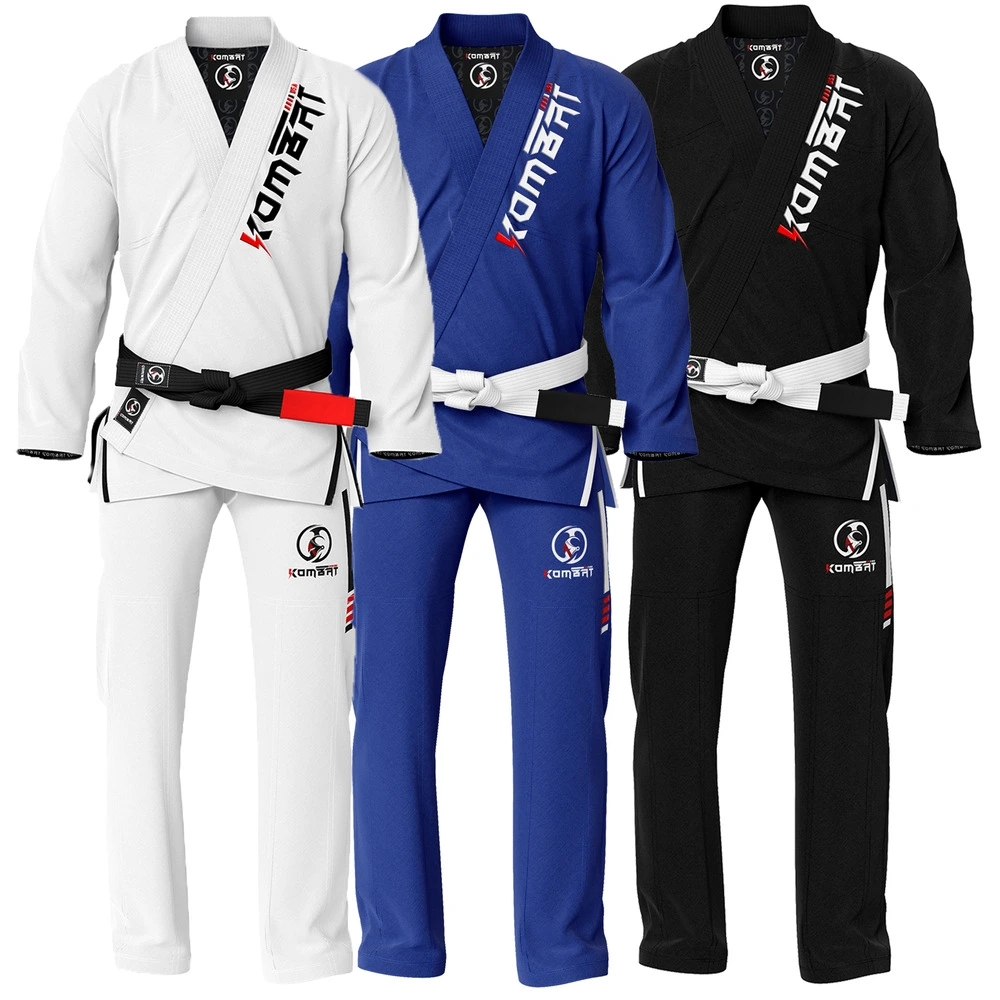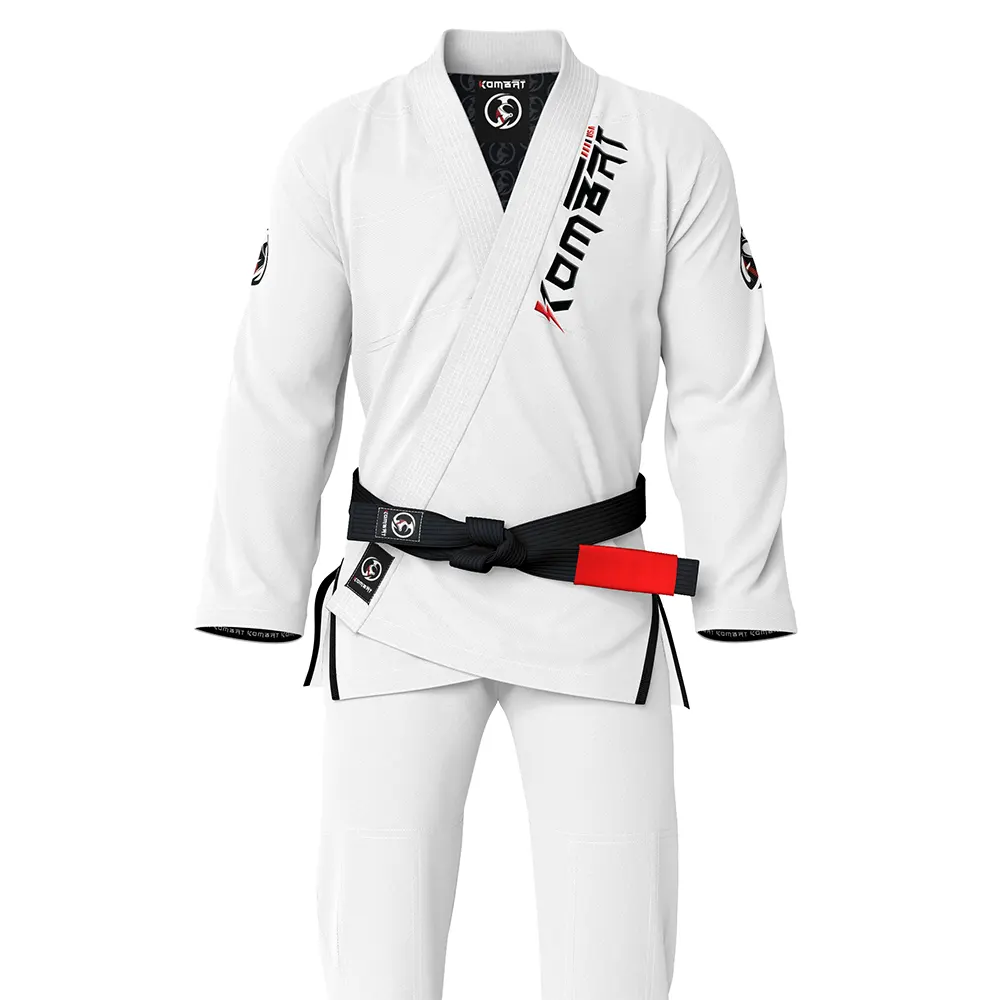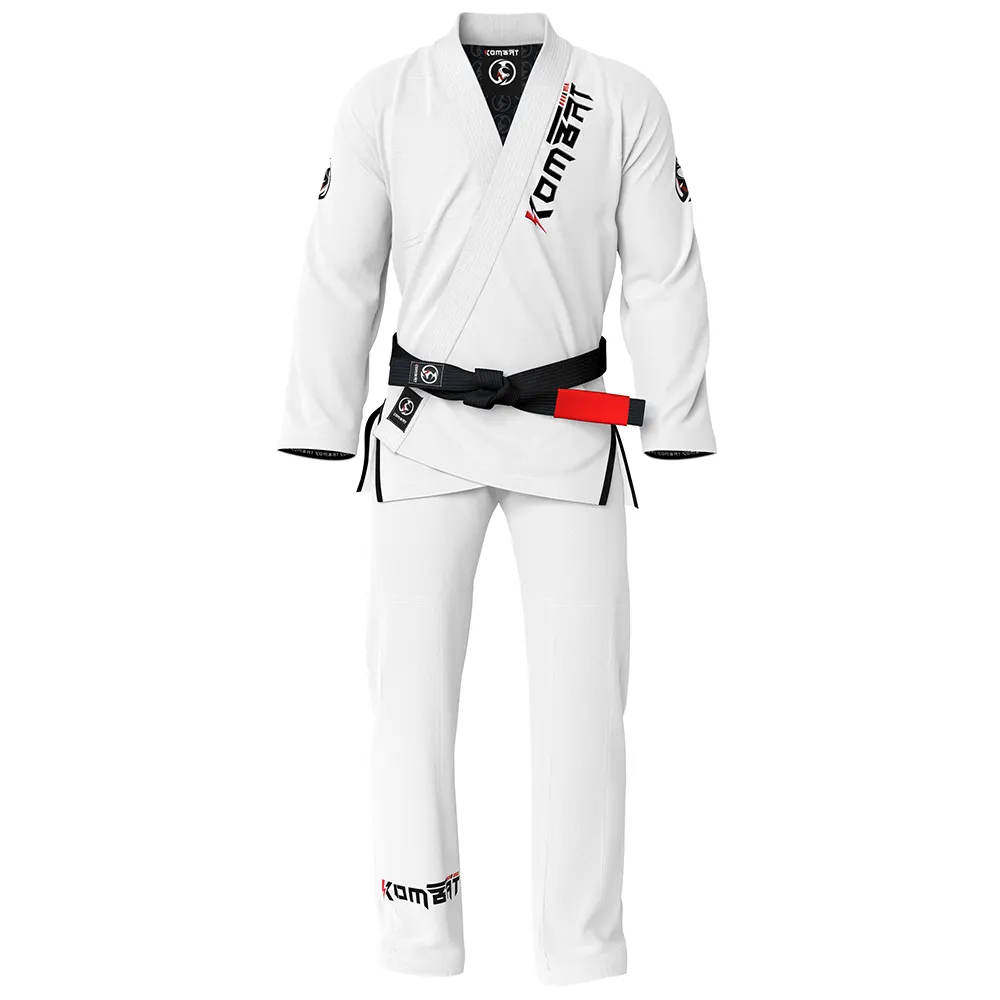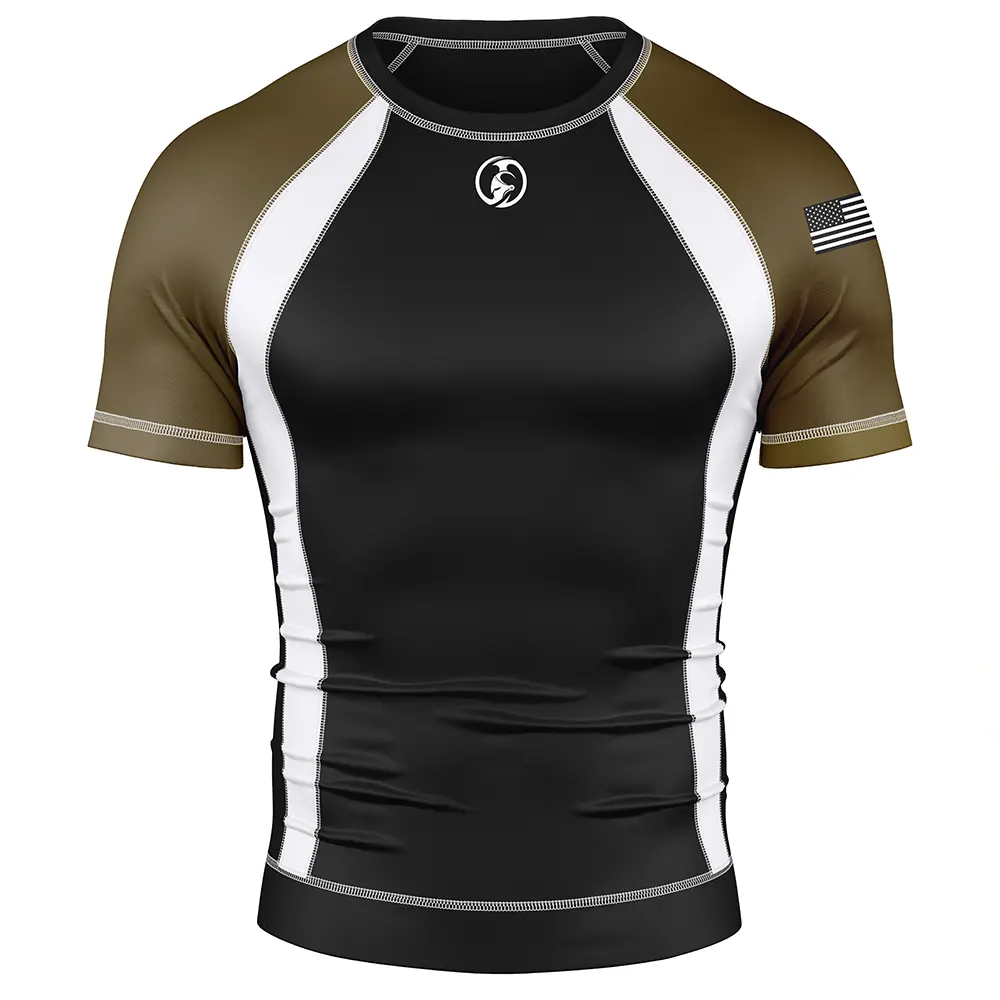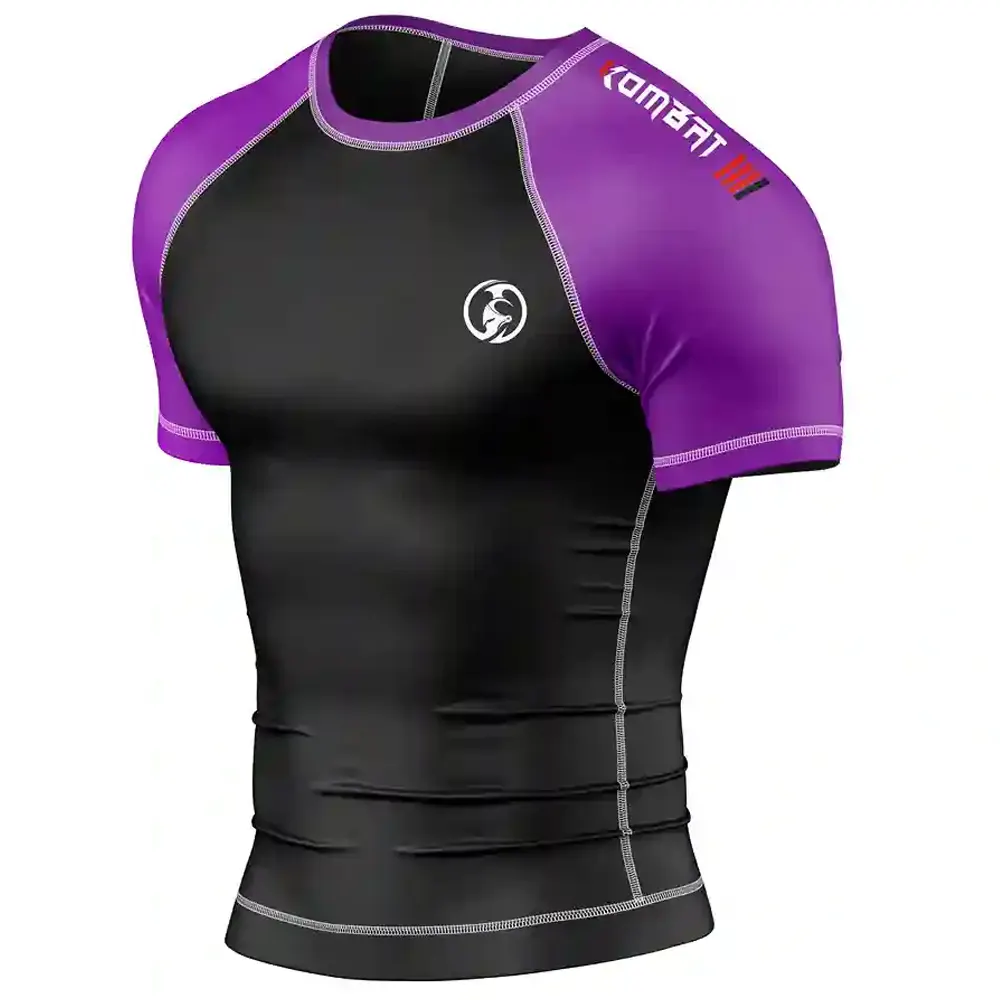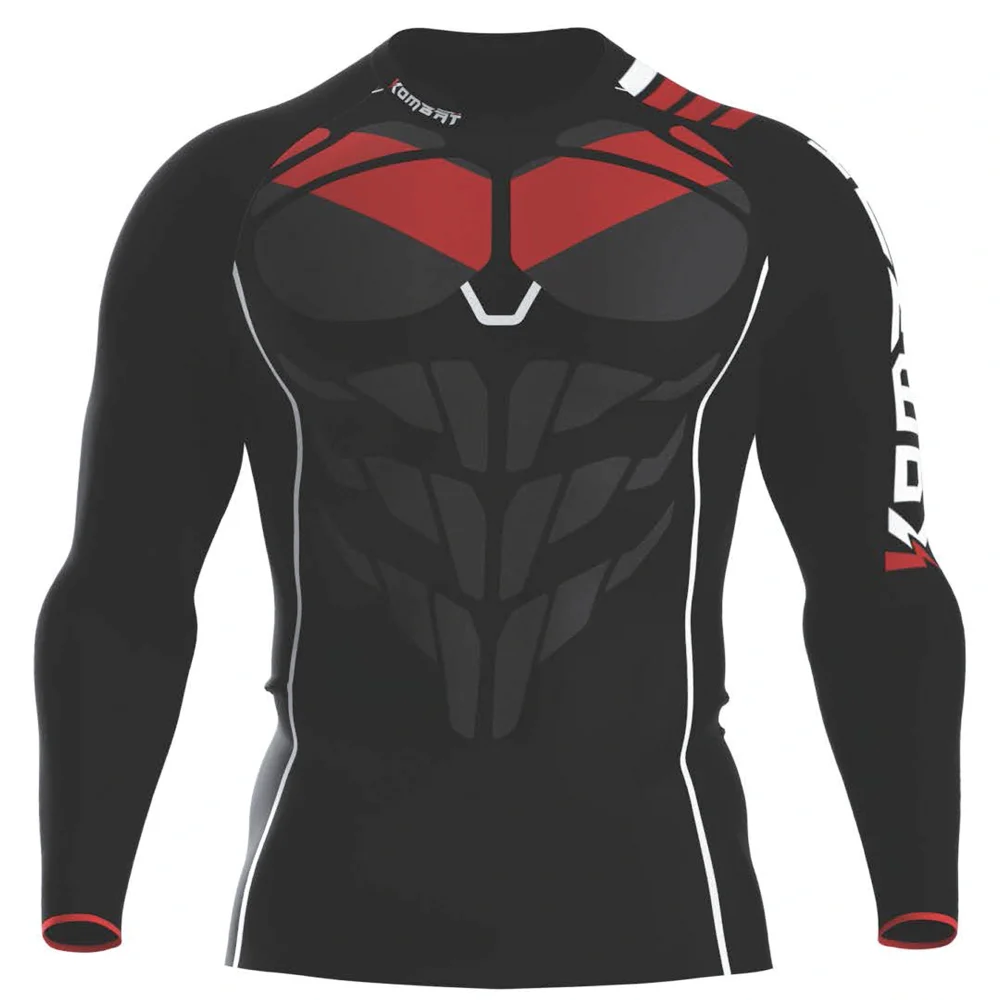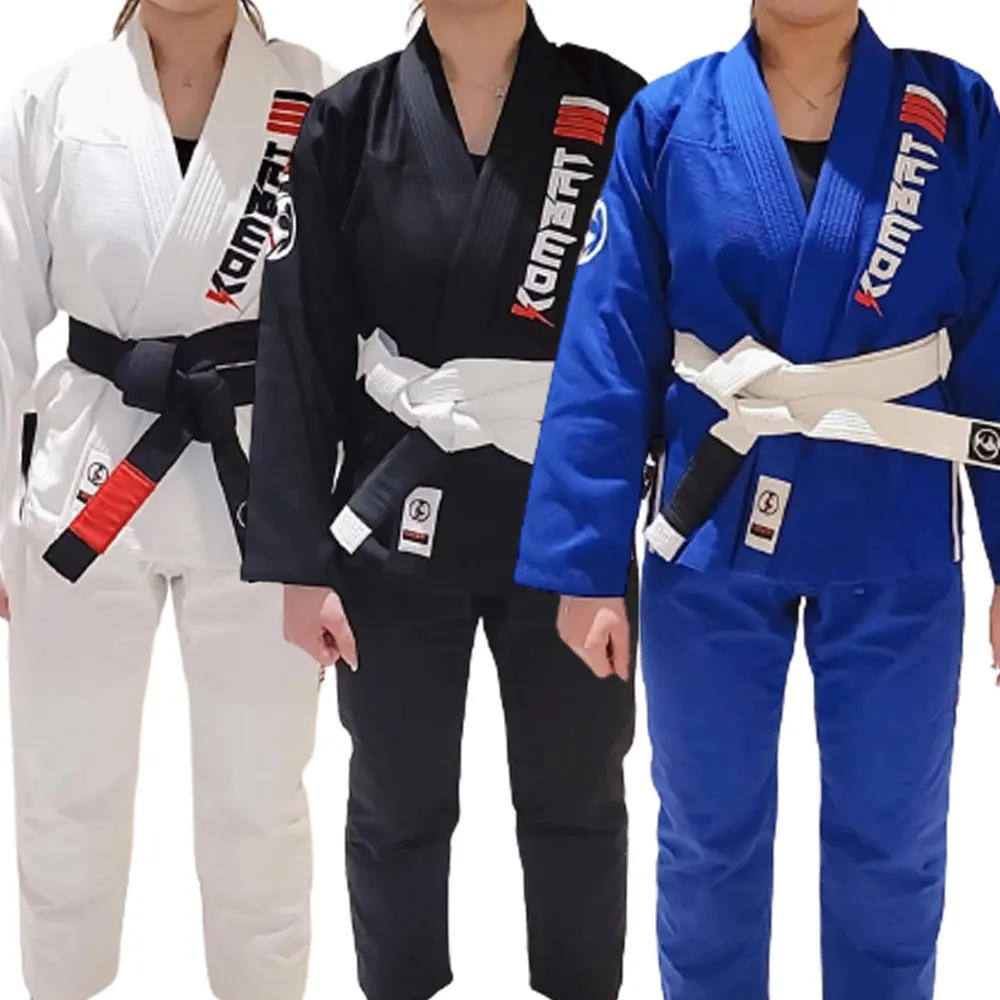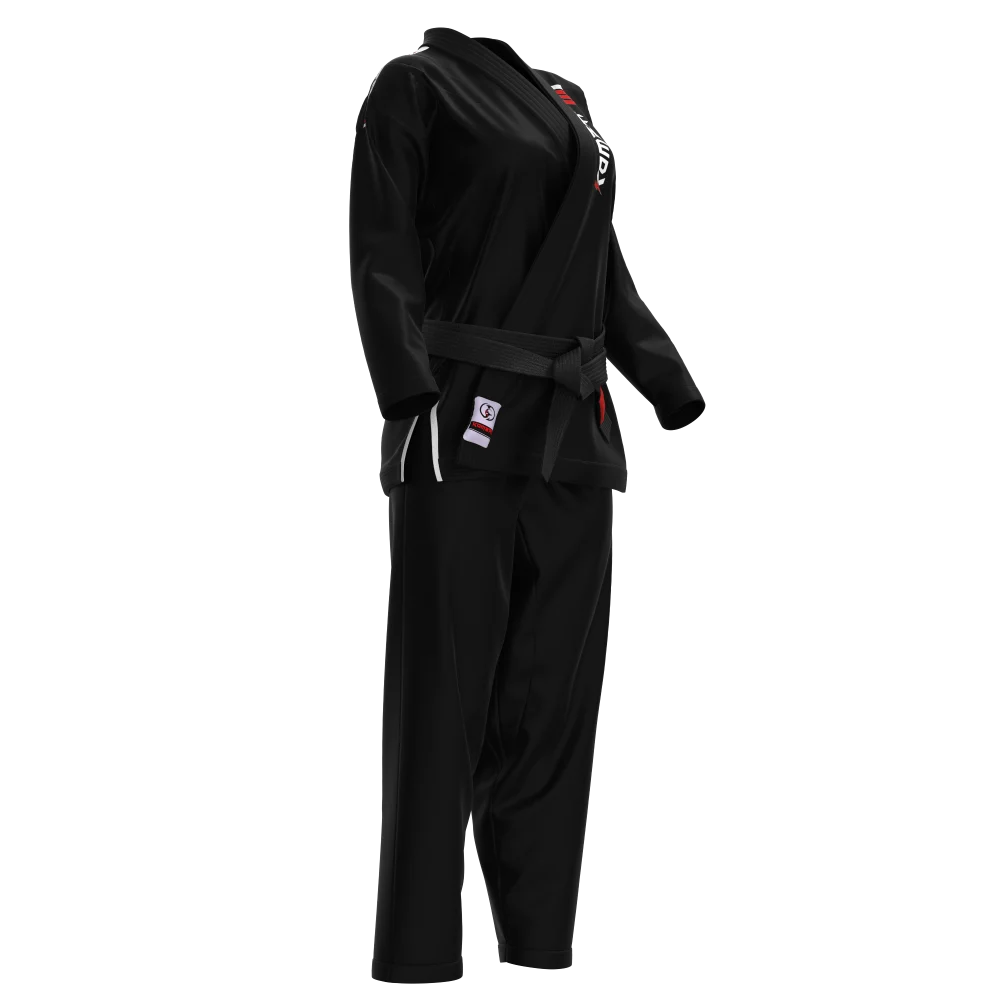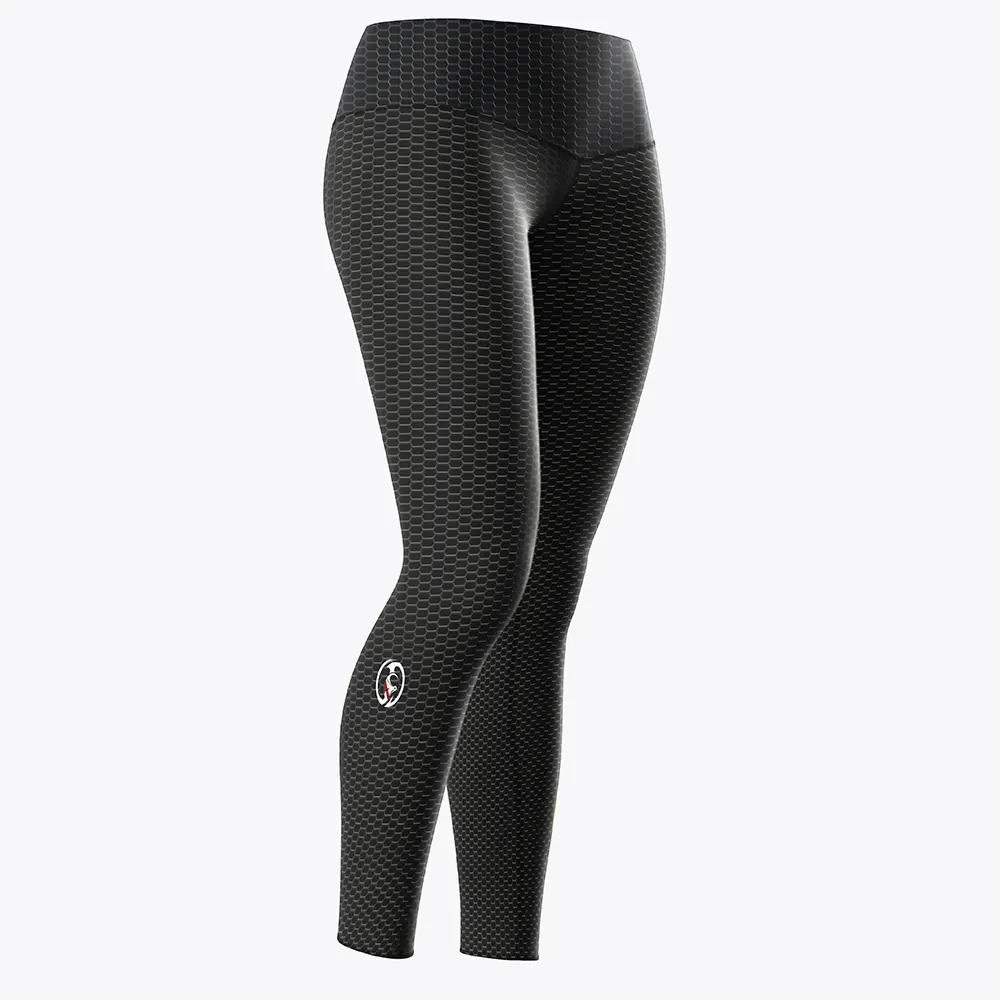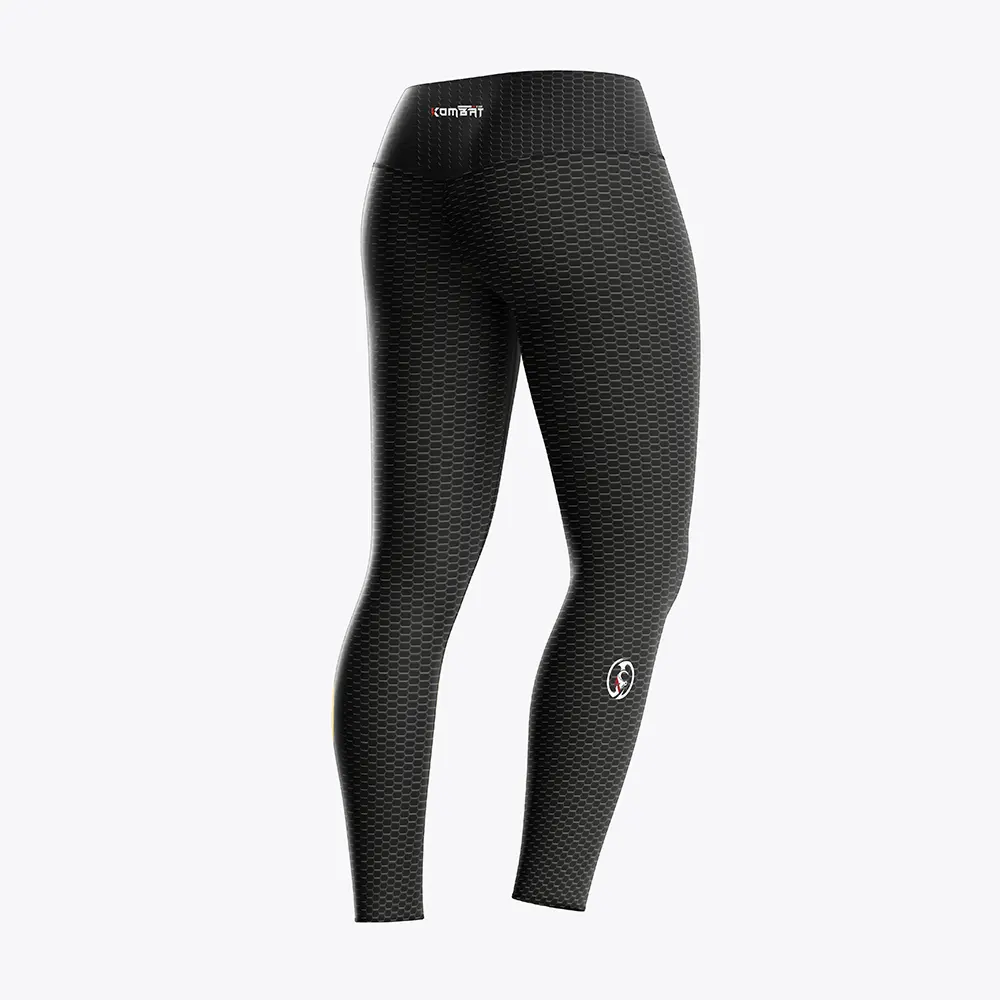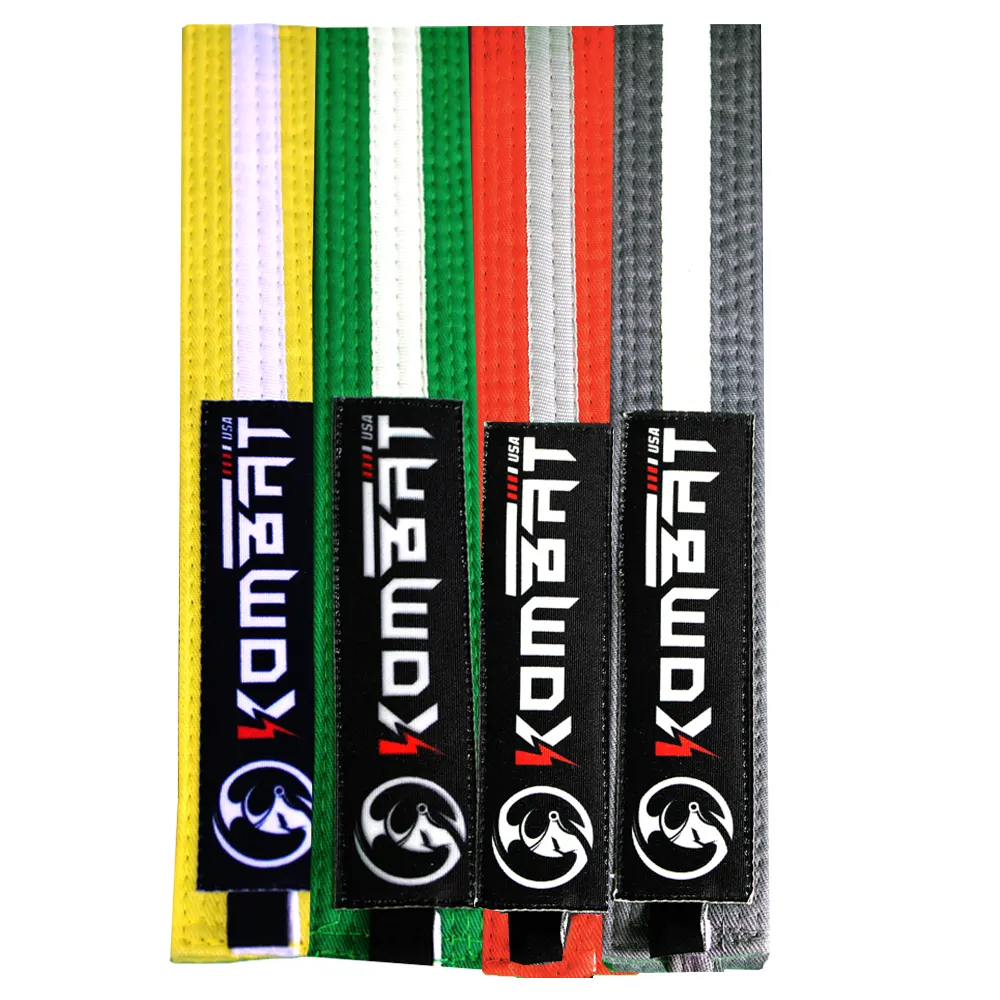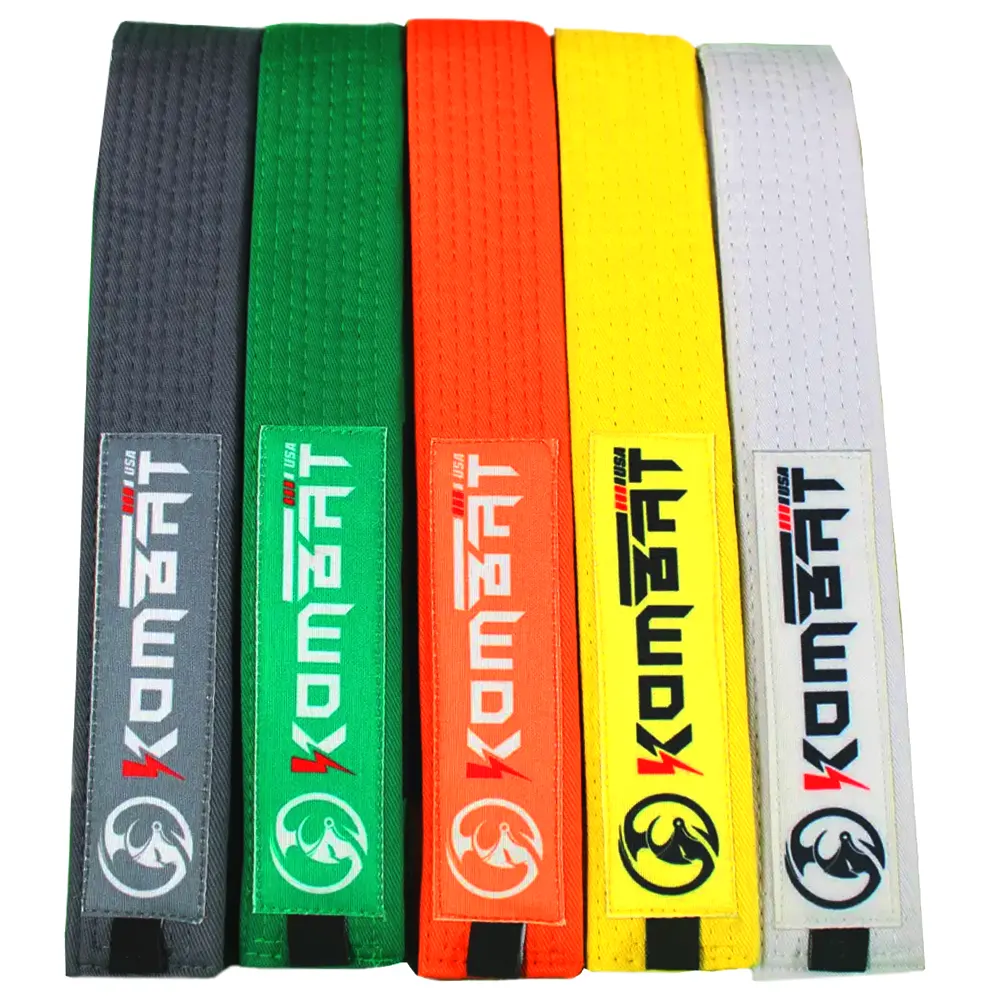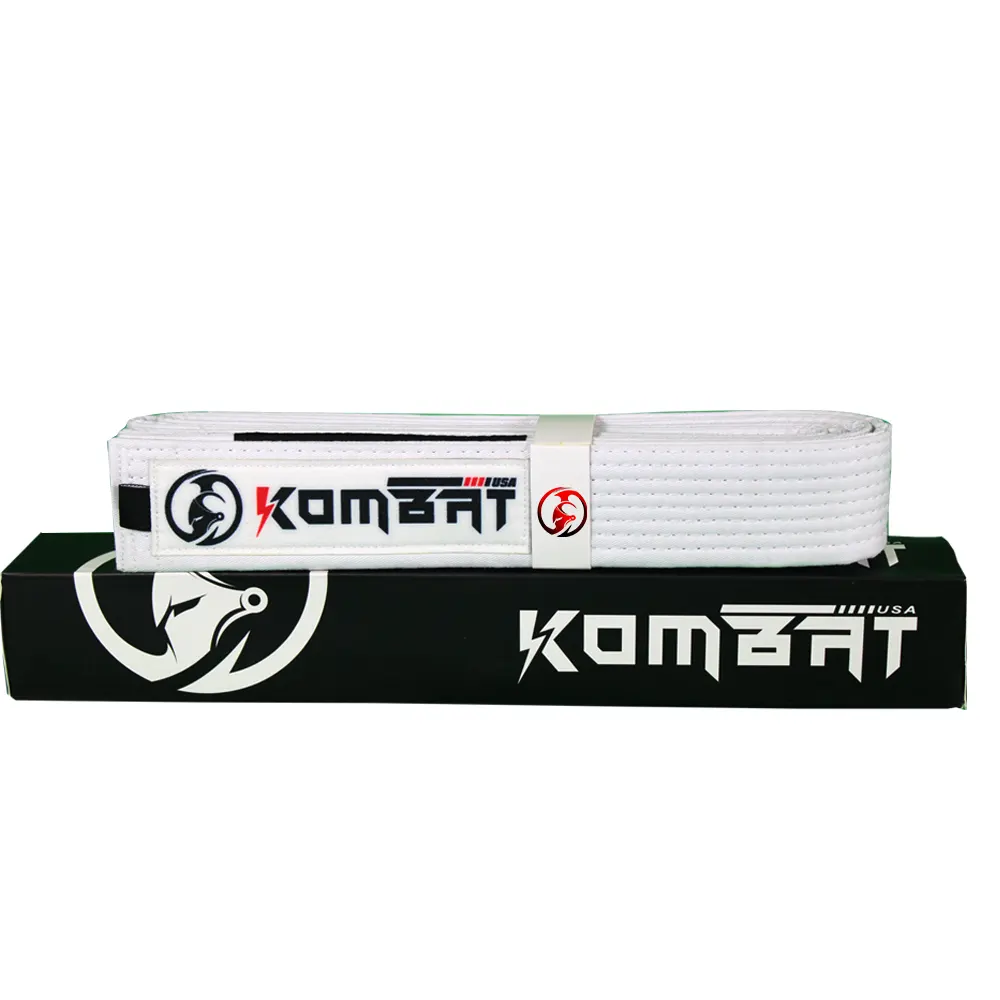A Comprehensive Guide To IBJJF Weight Classes for 2023 (Gi and No Gi)
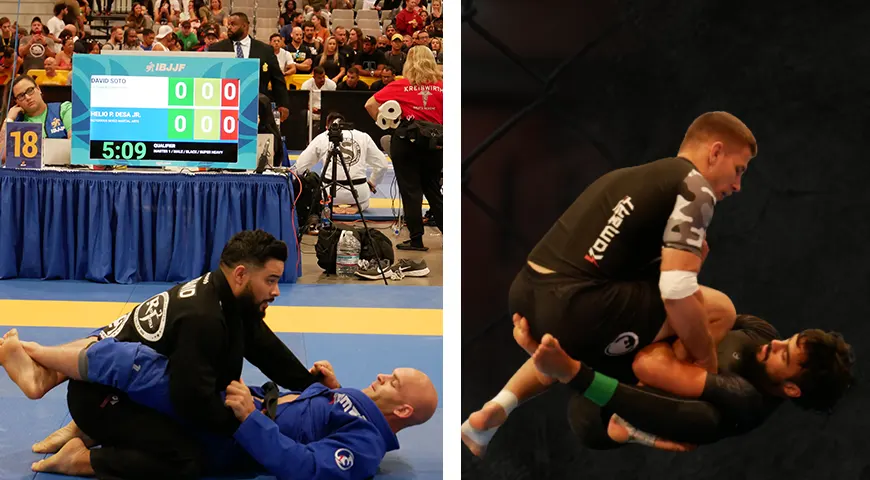
BJJF weight classes not only perplexed the public but also the BJJ fighters as well. Those who step into the BJJ world for the first time might get confused about the various weight categories. The weight classes vary between gi and no gi tournaments. Although masters and adults share the same weight classes, the juvenile divisions have the exact count of weight classes but with different weight restrictions. IBJJF has 22 weight divisions for the BJJ players to compete in.
Don’t worry; Here is a comprehensive guide to IBJJF weight classes for 2023 (Gi and no gi).
IBJJF Weight Classes For Male Adults And Masters
The men’s divisions comprise nine IBJJF weight classes along with an open weight class. Gi and no gi are distinct – reflecting the IBJJF’s rule of weighing in while getting into your competition kit.
Weight Categories For Adult And Master Men In Gi

There are nine specific weight categories and an open weight category for adult men and masters. The following are the weight divisions for gi competitions:
- Rooster – less than 57.5 kg (less than 127 lbs);
- Light feather – over 57.5 kg but less than 64 kg (127 – 141.6 lbs);
- Feather – over 64kg but less than 70 kg (141.6 – 154.6 lbs);
- Light – over 70kg but less than 76 kg (154.6 – 168 lbs);
- Middle – over 76 kg but less than 82.3 kg (168 – 181.6 lbs);
- Medium heavy – over 82.3 kg but less than 88.3 kg (181.6 – 195 lbs);
- Heavy – over 88.3 kg but less than 94.3 kg (195 – 208 lbs);
- Super heavy – over 94.3 kg but less than 100.5 kg (208 – 222 lbs);
- super-heavy – over 100.5 kg, no upper limit (over 222 lbs);
- Open class – accessible to all weight categories
*Minor weight differences exist between IBJJF metric (kg) weight divisions and IBJJF imperial (lbs) weight divisions. Although we haven’t received any complaints about this, it’s essential to consider whether your weight will be measured in kilograms or pounds.
Men’s Adults And Masters No Gi Weight Divisions
Similar to the gi divisions, nine no gi weight divisions and an open weight category exist. On the lighter side of the weight divisions, no gi categories are approximately 1.8 kg (4 lbs) lighter than their divisions. This difference increases as the weight divisions rise, with the no gi ultra heavy category starting 2.7 kg (6 lbs) lighter than the gi ultra heavy category.
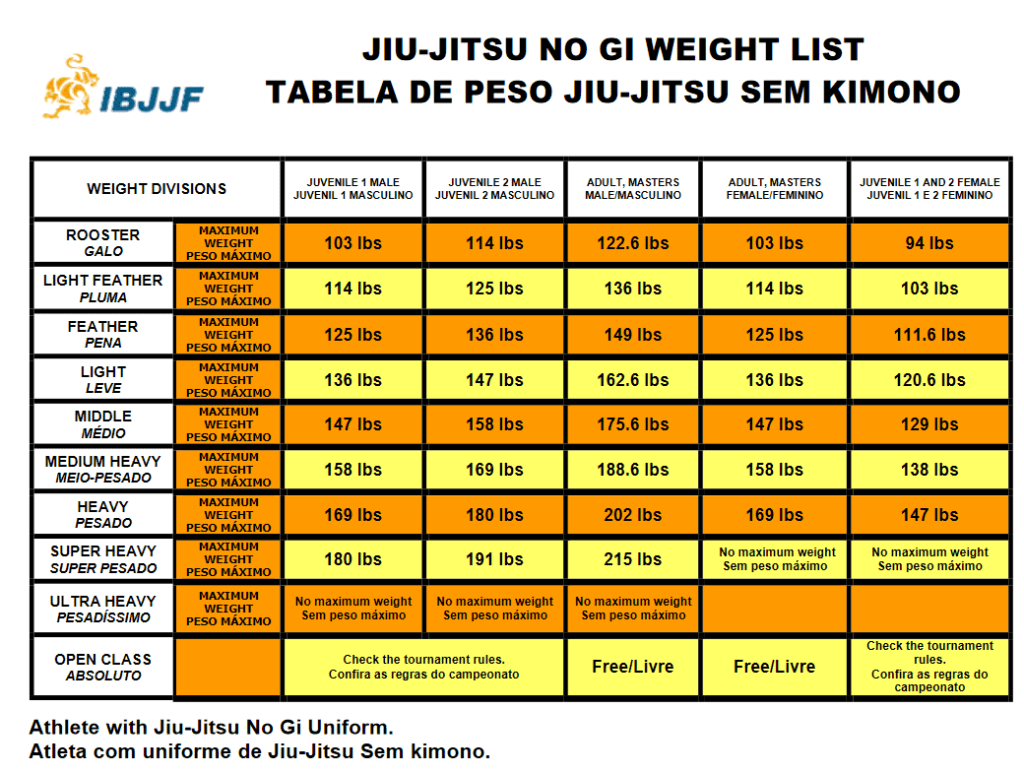
IBJJF No Gi Weight Divisions Chart
- Rooster – less than 55.6 kg (less than 122.6 lbs);
- Light feather – over 55.6 kg but less than 61.7 kg (122.6 – 136 lbs);
- Feather – over 61.7kg but less than 67.5 kg (136 – 149 lbs);
- Light – over 67.5 kg but less than 73.5 kg (149 – 162.6 lbs);
- Middle – over 73.5 kg but less than 79.6 kg (162.6 – 175.6 lbs);
- Medium heavy – over 79.6 kg but less than 85.5 kg (175.6 – 188.6 lbs);
- Heavy – over 85.5 kg but less than 91.6 kg (188.6 – 202 lbs);
- Super heavy – over 91.6 kg but less than 97.5 kg (202 – 215 lbs);
- Ultra heavy – over 97.5 kg, no maximum weight (215 lbs and above);
- Open class – available to all weight categories
Unstoppable COMP PRO Set
IBJJF Weight Classes For Women Adults And Masters
Previously, only six weight categories were available for women, but the IBJJF has recently broadened the women’s division. Now, there are eight IBJJF weight categories plus an open weight category for women:
Women’s Gi Weight Categories
- Rooster – below 107 lbs (below 48.5kg)
- Light Feather – 107 to 118 lbs (above 48.5 kg and below 53.5 kg)
- Feather – 118 to 129 lbs (above 53.5 kg and below 58.5 kg)
- Light – 129 to 141.6 lbs (above 58.5 kg and below 64 kg)
- Middle – 141.6 to 152.6 lbs (above 64kg and below 69 kg)
- Medium heavy – 152.6 to 163.6 (above 69 kg and below 74 kg)
- Heavy – 163.6 to 175 lbs (above 74 kg and below 79.3 kg)
- Super heavyweight class– more than 79.3 kg
- Open Class – open to all categories
Women’s No gi Weight Divisions
- Rooster – less than 103 lbs (below 46.7kg)
- Light feather – 103 to 114 lbs (above 46.7kg and below 51.7 kg)
- Feather – 114 to 125 lbs (above 51.7 kg and below 56.7 kg )
- Light – 125 to 136 lbs (above 56.7 kg and below 61.6 kg)
- Middle – 136 to 147 lbs (above 61.6 kg and below 66.7 kg)
- Medium heavy – 147 to 158 lbs (above 66.7 kg and below 71.6 kg)
- Heavy – 158 to 169 lbs (above 71.6 kg and below 76.6 kg)
- Super Heavy above 76.6 kg
- Open Class – Open for all age categories
IBJJF Age Categories
The IBJJF has 22 age categories, spanning from 4 years to 61 years and above. The main differences between age categories for individuals aged 18 and above is the competitors you’ll face; the rules are generally identical. The only exception is the duration of matches, which will be detailed further below. Many submission moves are not allowed for younger participants, with more flexibility given as they age.
The calculation of age categories can initially seem confusing. The IBJJF deviates from age-based calculations by taking your birth year out of the current year.
To illustrate this, let’s use an example. To qualify for the Masters I category, the current year must be 30 years or more after a competitor’s birth year.
If your birth date is January 1st, 1992, and you wish to participate on July 1st, 2022, you would qualify as a Masters I competitor (2021-1991=30). Your teammate, born on December 31st, 1992, might participate in the Masters I competition on July 1st, 2022 (2022-1992=30!).
Although it’s generally stated that masters are 30 years and above, a competitor who is 29 can join the masters if they turn 30 in the same year as the competition.
Note: Even if you meet the criteria to compete in the master’s category, you have the option to participate in the adult’s category. This is not uncommon, as the adult category is considered more prestigious and provides extended match durations for advanced belts.
Age Categories And Match Duration For Adults And Masters

IBJJF Rule Book version 5.2, page 41
- Adults – (Present Year) – (Year of Birth) ≥ 18
- Masters 1 – (Present Year) – (Year of Birth) ≥ 30
- Masters 2 – (Present Year) – (Year of Birth) ≥ 36
- Masters 3 – (Present Year) – (Year of Birth) ≥ 41
- Masters 4 – (Present Year) – (Year of Birth) ≥ 46
- Masters 5 – (Present Year) – (Year of Birth) ≥ 51
- Masters 6 – (Present Year) – (Year of Birth) ≥ 56
- Masters 7 – (Present Year) – (Year of Birth) ≥ 61
Generally, matches last for 5 minutes. However, as the chart above shows, this is not always true for higher-ranking belts in the adults and masters one category.
- Matches for Masters 1 purple, brown, and black, and adult blue belts last six minutes.
- Matches for adult purple belts last 7 minutes
- Matches for adult brown belts last 8 minutes
- Matches for adult black belts last 10 minutes
Age Groups And Duration Of Matches For Youths
There are 14 age groups to ensure that young participants do not compete against older ones. This is crucial as children can develop physically quickly, and a 12-year-old might be at a significant disadvantage while competing against a 14-year-old.
The age groups and their corresponding match durations are as follows:
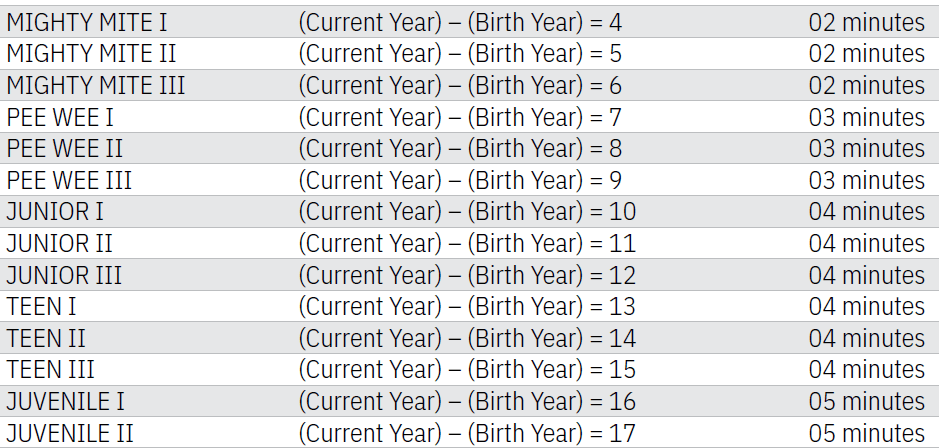
Juvenile I and Juvenile II are divided into weight categories. You can refer to the charts above to view these weight categories.
Check Your Weight Before A Competition
The IBJJF usually conducts weigh-ins just before your initial match. Some contests allow enough time between weigh-in and the competition for contestants to rehydrate. However, the time constraints of the IBJJF make it questionable that you’ll be able to bounce back from a weight cut based on water weight.
You’re disqualified from the tournament if you don’t meet the weight requirement at the weigh-in. There’s only one shot with no room for do-overs, so don’t mess up! Switching divisions is not allowed, so if you don’t make weight, you won’t be competing that day!
Weighing In For Gi Competitions
In gi competitions, you’re required to weigh in while wearing your gi, and your total weight is considered. You’re permitted to remove the gi during weigh-ins. Keep in mind the weight of your competition BJJ gi. If you’re teetering on the brink of your weight category, it might not be the ideal time to wear your double-weave judo gi.
Checking Weight For No Gi Competitions
In a no gi competition, you’ll need to weigh in wearing your competition gear. You won’t be weighed in your gi; the no gi weight categories are adjusted lower to accommodate this. If you possess an ultra-lightweight gi and compete at the upper limit of your weight category, you may need to participate in a different weight class for no gi. If a tournament is compelled to cancel, the IBJJF provides automatic full refunds for all registration charges.
Summary
If you’re considering competing, knowing your intended weight class is crucial!
The weight categories are identical for both adult and master divisions. Although the juvenile sections possess the same titles as the adult divisions, they have their specific limits.
The strict weight class regulations of the IBJJF suggest that it might be safer to lean towards the heavier end rather than risk being overweight and, thus, ineligible to participate!


